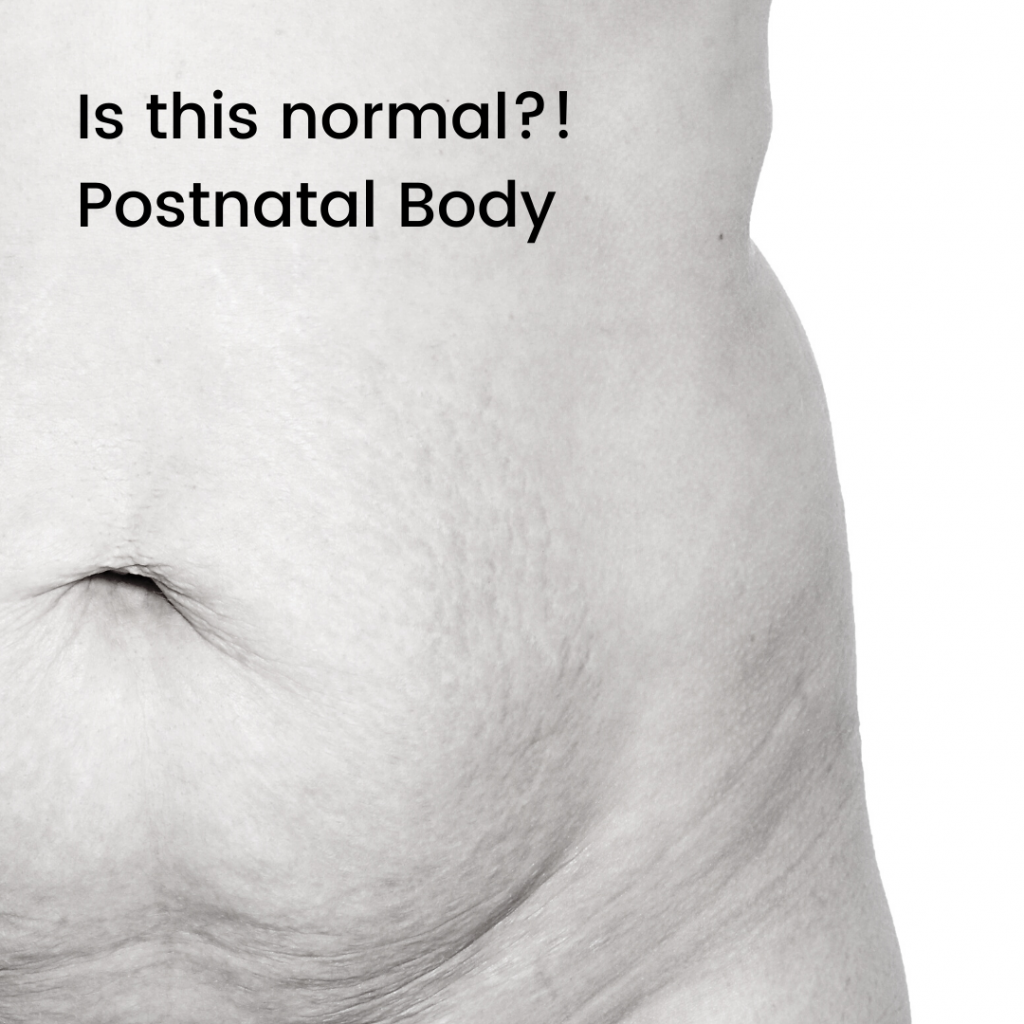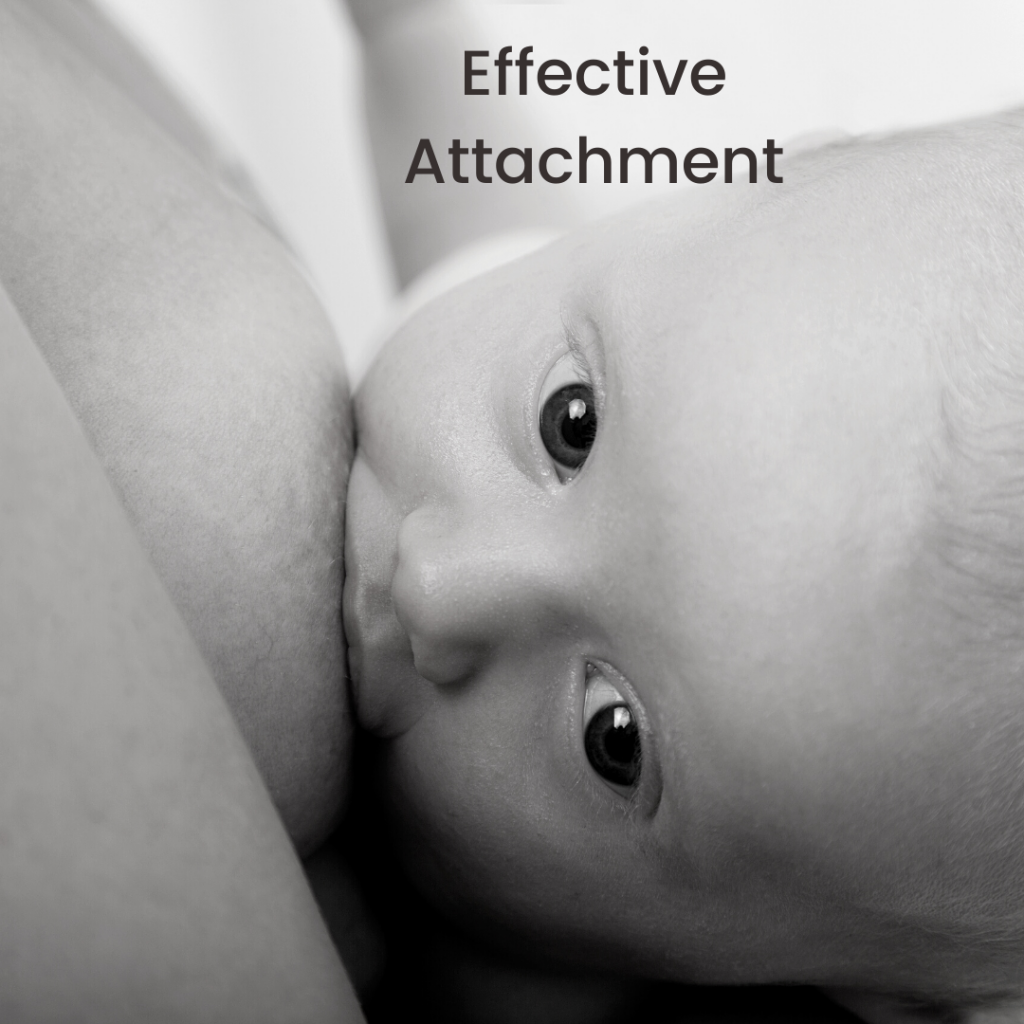Finding it hard to sleep?
Sweating A LOT at nighttime?
Skin changes?
Losing your hair?
Effective Attachment
Are you feeling concerned about baby’s latch onto the breast?
Did you know…many breastfeeding challenges can be overcome with tweaks to positioning & attachment…
Breastfeeding in Public
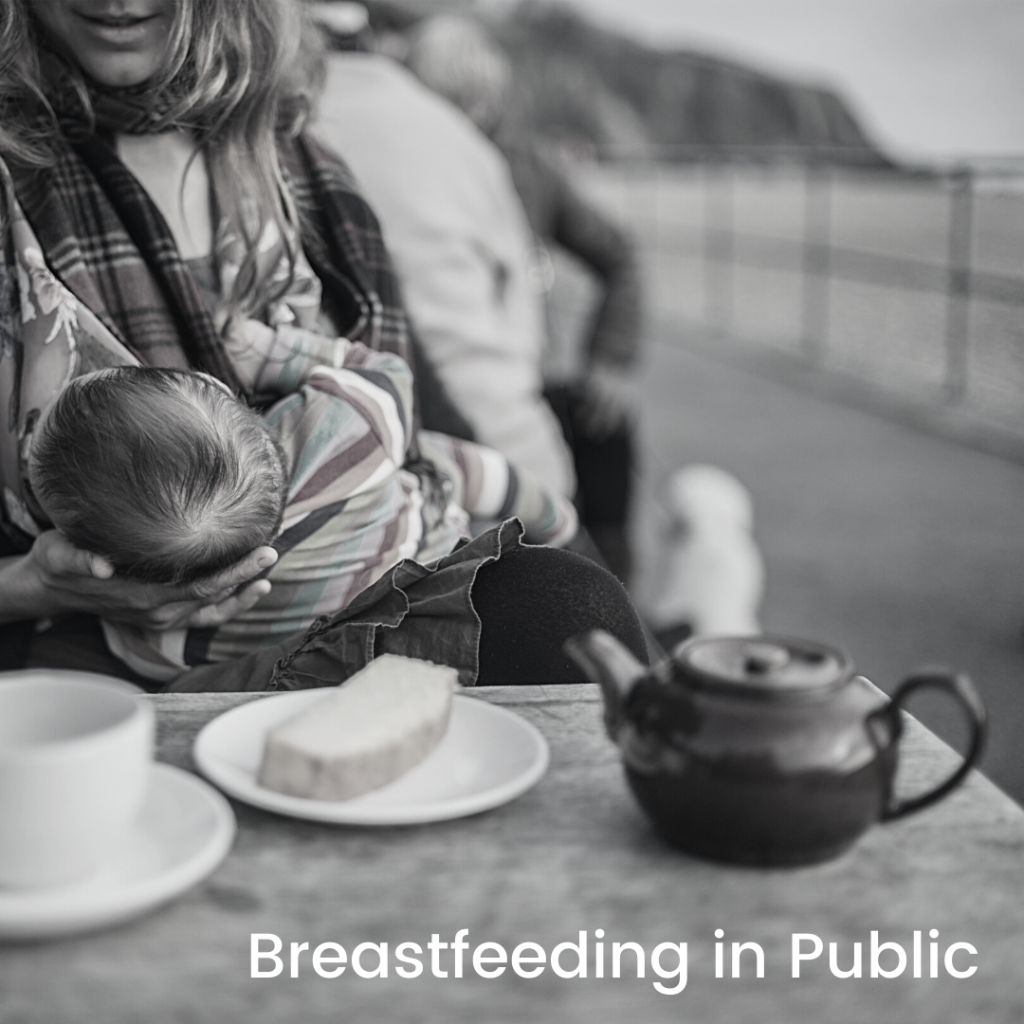
When breastfeeding out and about you are completely backed by law to feed wherever you are allowed to be publicly.
The Equality Act 2010 made it illegal for anyone to ask a breastfeeding woman to leave a public place such as a cafe, shop, train stations or on public transport in the UK.
However, even though the law is on your side it still doesn’t mean every public feed is a simple one. It can take a while to feel comfortable feeding in public. If you are new it or have been avoiding it here are a few points to consider:
💜 Most shopping centres, department stores and supermarkets should have a dedicated baby room with a nursing chair in a private area. These vary in standards and some are definitely below par but newer buildings tend to have better, cleaner baby rooms. Ask other mums if you are unsure, there may be a hidden gem in your local area!
❤ Cafes and coffee shops make a good place to feed if you don’t require complete privacy. They offer a clean comfortable space that’s less crowded and are generally baby friendly.
💙 Never feel like you need to feed your baby in the toilet! If you are at a loss for private feeding places then a changing room in a clothing store is always a good back up.
💚 The pros to feeding in public are the convenience of not having to time your outings around feeds or cut short your trips. It also means you can relieve full breasts and don’t need to worry about sterilising pumps and bottles to express before leaving the house.
🧡 If you find you still have anxiety about feeding in public it may be helpful to it talk through with a peer supporter. Our Milk Mates groups can be a really lovely and supportive place to feed in public for the first time. We also have separate private spaces to feed if that’s more comfortable for you 😊
What is it like feeding out and about in your local area? Let us know in the comments!
Why won’t they take a bottle?
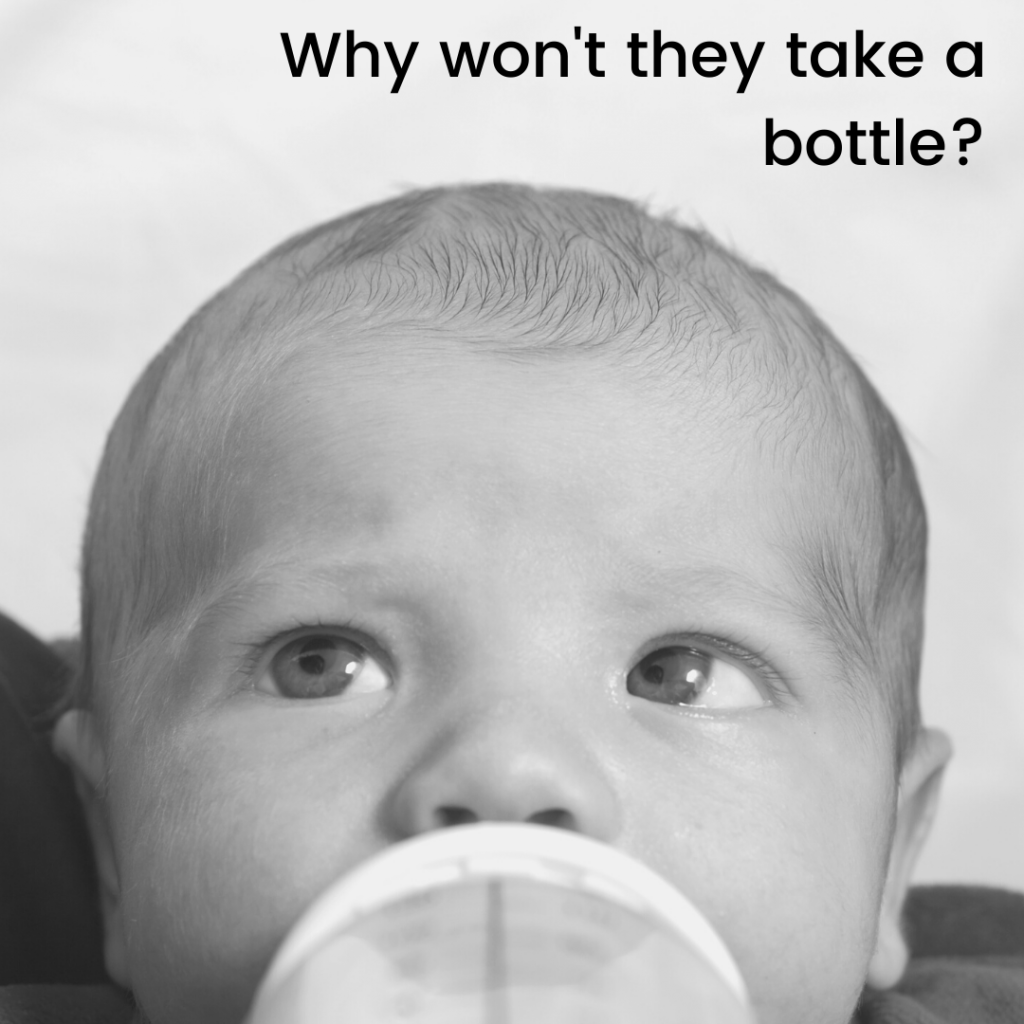
For many reasons, some breast/chestfeeding parents need or want to provide milk for their babies in a bottle.
Babies that haven’t done this before, need some time to adjust! Even those who have been receiving milk this way regularly (e.g. every morning feed), may suddenly change their preference as time goes on.
This can bring up a lot of emotions – worry about how baby will cope when you are separated, a feeling of losing your rest time…even rejection if a partner or supporter had been regularly feeding this way.
Feeding at the breast/chest is much more than food – it provides comfort, security, connection and even a way to fall asleep. It’s worth remembering this as you begin to introduce (or re-introduce) a bottle feed.
Some tips that may help:
Get skin to skin, snuggle in and hold baby in their usual at breast/chest feeding position. You could even switch sides mid way through a feed.
In complete opposite to the above, try a very different position, or even location – a garden feed?
Pay attention to how baby is attaching to the bottle in the same way you would at the breast/chest – a short teat and wide base can support effective attachment. Look for feeding cues and try to offer before baby is very hungry.
Take some deep breaths, and relax before offering. Work out ways to reduce any worry you have, so baby doesn’t notice. Singing, chatting, or even moving around can help both of you to feel calm.
And for all parents using bottles to give their baby milk, remember:
– paced feeding
– responsive feeding
– other options beside bottles
– expressing and storing human milk
– safer formula preparation
Incontinence
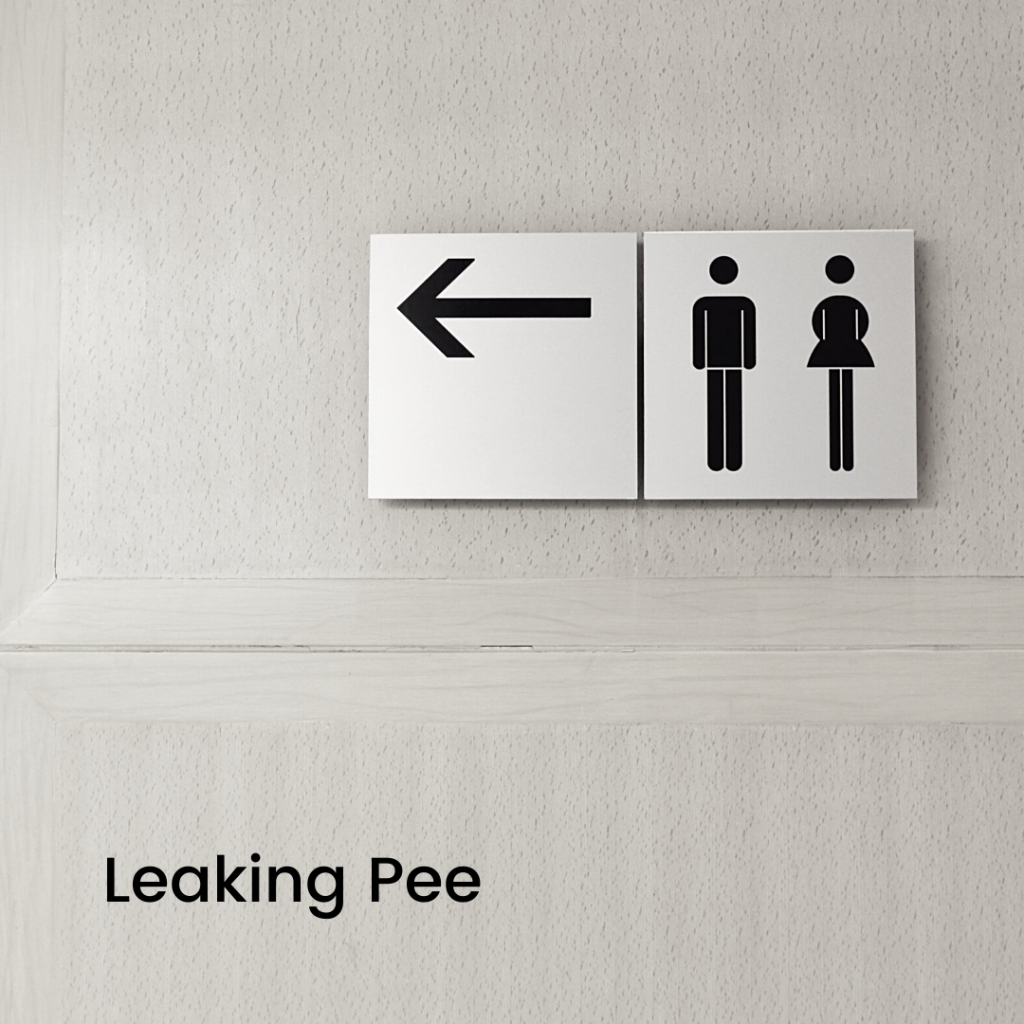
Let’s talk leaking pee!
Did you know that one in two women leak urine up to THREE MONTHS after giving birth to their first child? Leaking urine after giving birth is common, but it is not normal. Many women keep quiet about it because they are embarrassed, but you are not alone and you don’t have to live with it.
Pelvic floor muscle exercises (sometimes called Kegel exercises) have been shown to help urinary incontinence by strengthening the pelvic floor muscles. Pelvic floor exercises combined with correct posture and spinal alignment will improve your core strength and stability. The Squeezy app has visual guides to pelvic floor exercises, a guided programme and gives you daily reminders: @squeezyapp
If you experience urgency urinary incontinence it is recommended that you avoid drinking fluids that can irritate or make symptoms worse, such as caffeine, alcohol or carbonated drinks. Remember to drink the recommended amount of water (1.5 litres per day) every day to help prevent constipation and keep the urine more dilute so it doesn’t irritate the bladder
Contact your GP for a referral to a women’s health physiotherapist if you have any concerns.

